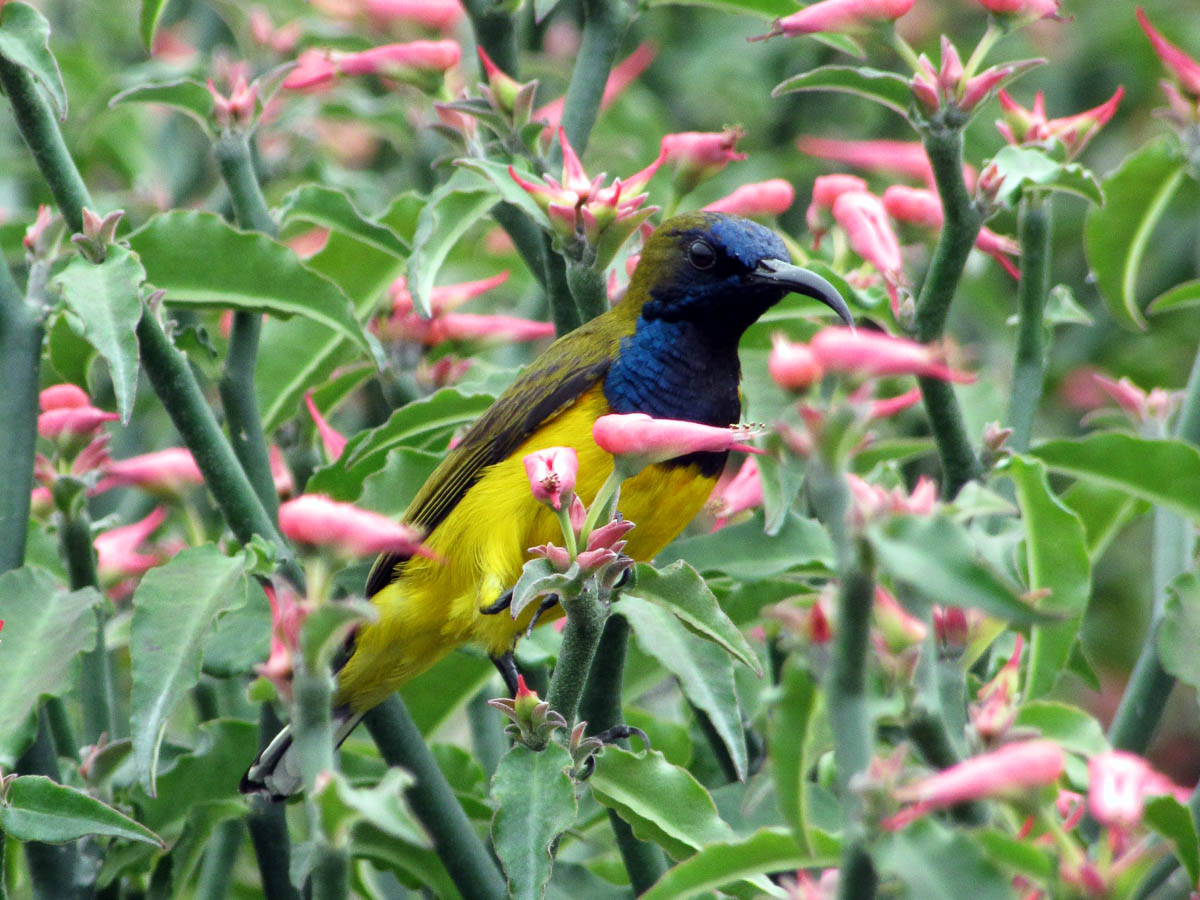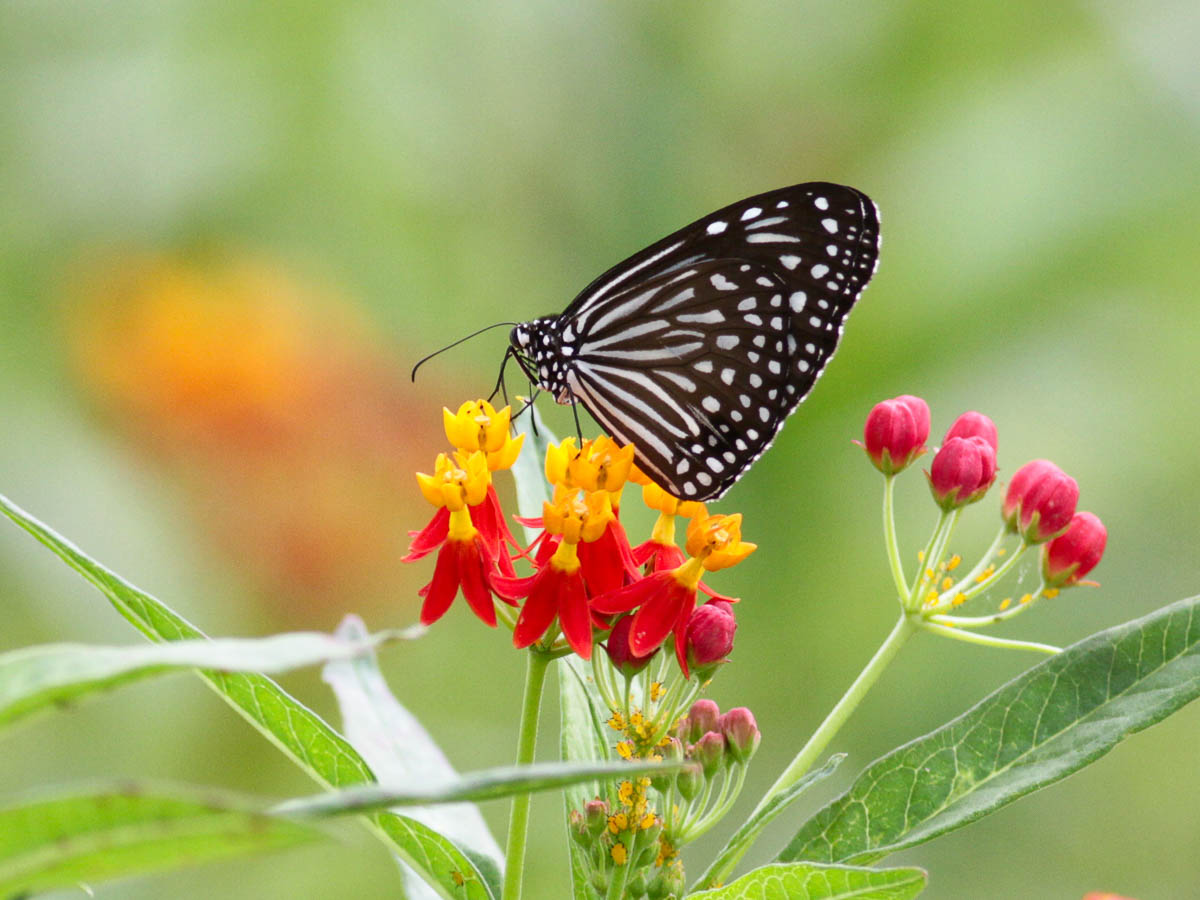Garden Biodiversity

Biodiversity refers to all the different kinds of life you can find, including plants, animals, fungi and microorganisms. Healthy gardens will support a variety of plants and animals, and together they make up complex ecosystems that enrich our City in Nature.
Animals bring life and colour into the garden, but they may not always do what we want! Pollinators are popular as they are integral to the fertilisation of many plant species and thus help them produce fruit. Pests on the other hand, cause damage to plants by feeding on them, but they can be controlled via eco-friendly integrated pest management methods, such as by attracting predators that will eat the pests. In the ground, soil biodiversity like earthworms and fungi work hard to break down decomposing matter to make nutrients available for plants.

How we relate to animals is complex, and is dependent on what we expect out of our green spaces, and how we use them. For example, caterpillars are generally considered a garden pest as they are voracious eaters, and can quickly consume leafy plants. However, they will eventually become butterflies, which are a beautiful sight in any garden and are also pollinators. This tends to make caterpillars valuable in biodiversity-attracting gardens but a pest in edible gardens!
Outdoor gardens will always attract animals, and supporting local biodiversity by growing native plants and biodiversity-attracting plants is an excellent way to bring nature closer to home.
Want to learn more about biodiversity in Singapore? Consider joining a Citizen Science survey to learn about birds, butterflies, dragonflies, and more!

